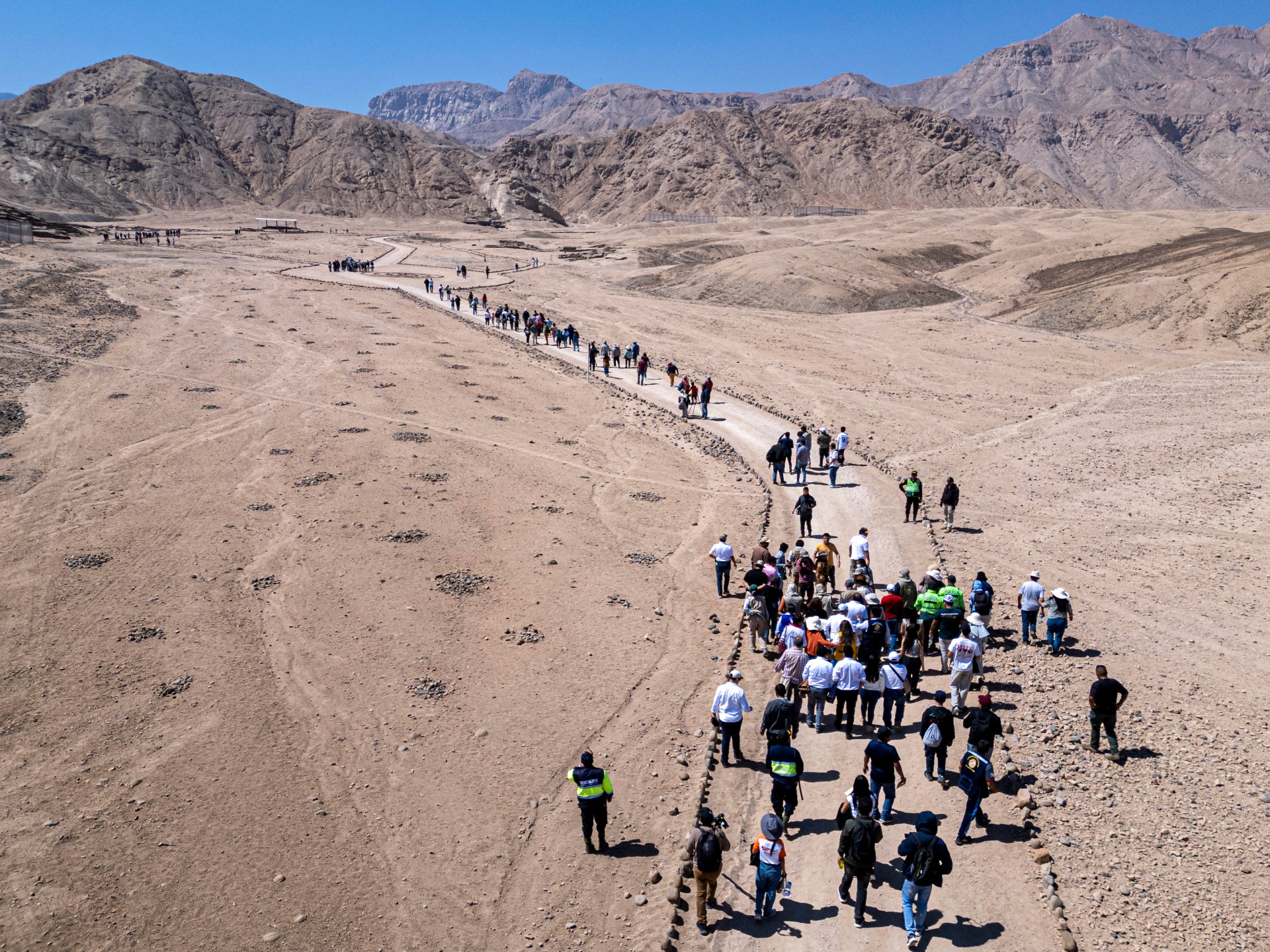A 3,800-year-old citadel of the Caral civilisation – one of the world’s oldest – has reopened for visitors in Peru after eight years of comprehensive restoration and research.
Researchers have identified the Penico archaeological site as a vital trading centre that connected early Pacific coastal communities with those in the Andes and Amazon regions.
Located in the Supe Valley, about 180km (110 miles) north of Lima and only 19km (12 miles) from the Pacific Ocean, Penico was an unremarkable hilly landscape until excavations commenced in 2017.
Archaeologists believe the site could provide crucial information about the enigmatic collapse of the Caral civilisation, which flourished between 3,000 and 1,800 BC.
The opening ceremony featured regional artists playing pututus – traditional shell trumpets – as part of an ancient ritual honouring Pachamama, Mother Earth, with ceremonial offerings of agricultural products, coca leaves, and local beverages.
“Penico was an organised urban centre devoted to agriculture and trade between the coast, the mountains and the forest,” archaeologist Ruth Shady, who leads research at the site, told the AFP news agency. She said the settlement dates to between 1,800 and 1,500 BC.
The site demonstrates sophisticated planning, strategically built on a geological terrace 600 metres (2,000ft) above sea level and parallel to a river to avoid flooding.
Research by the Peruvian Ministry of Culture has uncovered 18 distinct structures, including public buildings and residential complexes. Scholars believe Penico was built during the same period as the earliest civilisations in the Middle East and Asia.
According to Shady, researchers hope the site will shed light on the crisis they believe hastened the Caral civilisation’s decline. This crisis, she explained, was linked to climate change that caused droughts and disrupted agricultural activities throughout the region.
Source: Aljazeera

Leave a Reply